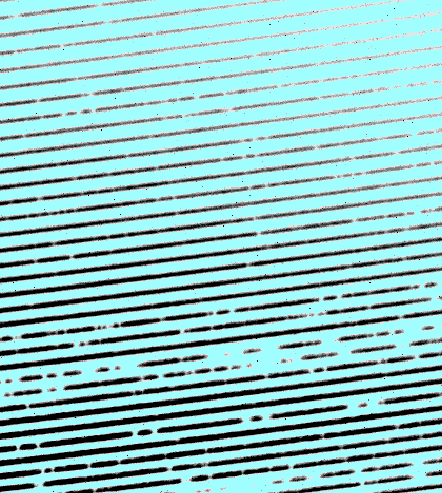
Under construction
During the construction we have observed various targets. The detectors
we have been using have
not been the one for which the spectrograph has been designed, except
during the last visit
to the NOT at La Palma. This CCD was however of very bad quality, not
useful for any
scientific work.
The spectrograph was assembled and first light obtained with a fiber,
where light from
calibration lamps or sunlight could be fed into the spectrograph. The
fiber feed was not the
system implemented now.

Figure 1. Small part of the solar spectrum
towards the red part. Obtained with a fiber sticking
out of the laboratory door pointed towards the Sun.
During a period of 2-3 weeks the optical table was mounted on the side
of the telescope
and the first stellar spectra obtained using an old small format CCD,
which did not cover
the field of view and with only half the sensitivity of the design chip
(QE ~ 40%).
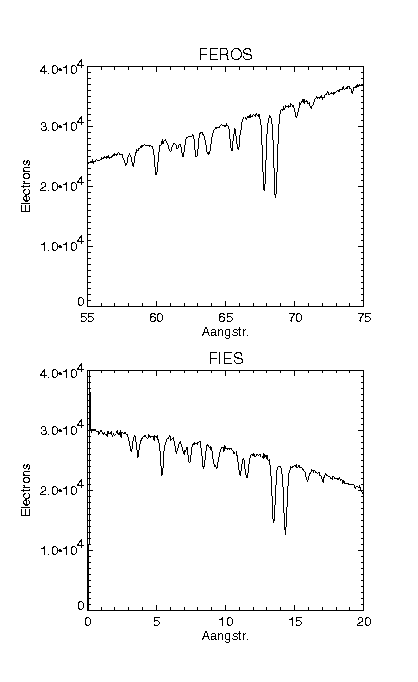
Figure 2. Small part (20Å) of the
spectrum of the star HD 128167, V=4.5, spectral type F2V, in the
far red wing of Hbeta. The spectra were extracted using IRAF and have
not been flatfielded,
FIES was using a CCD chip with 22micron pixels and did not reach the
nominal resolution.
The FIES spectrum was obtained at the NOT without the guiding system.
The observation showed
that the nominal efficiency might be reached, when the fiber viewing
device was installed.
During this visit the fiber viewing optics were installed and the outer
enclosure and thermal
regulation was constructed. The next spectra show what the output
format of FIES looks like.
The CCD had a very poor transfer, so the spectra might not be quite
representative.
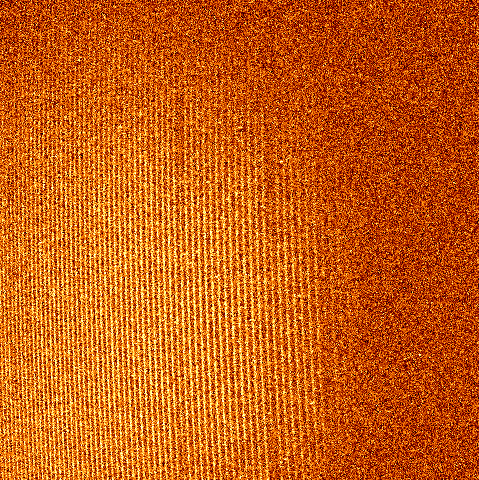
Figure 3. The spectrum of an A star. The wide, broad features are Hydrogen lines.
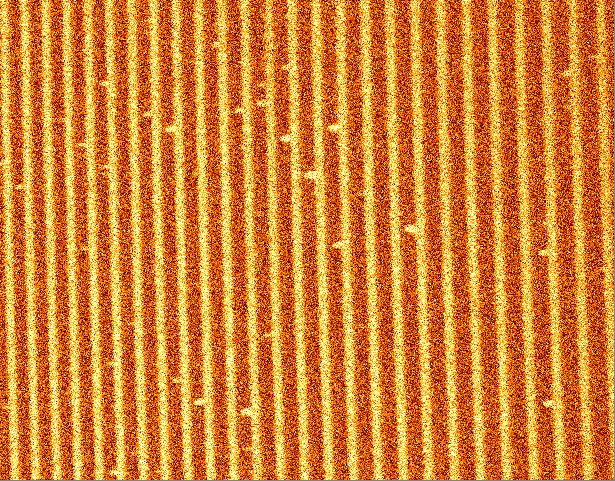
Figure 4. Blowup of previous spectrum. The 'spots'
distributed between orders are the second
spectrum produced by the Thorium/Argon calibration lamp.
The fiber viewing system turned out to be very powerful. On bright
stars a narrow filter had to
be used and very short exposure times not to saturate the standby
camera. The system will undoubtedly
work even for the faintest stars that can be observed with FIES. An
example of the image you see
on the standby camera is shown in Fig. 5.
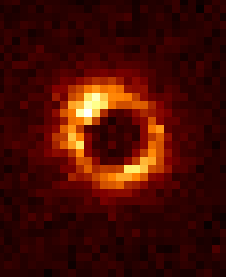
Figure 5. The ring is the light not entering the fiber. The dark disk in the center is the fiber.